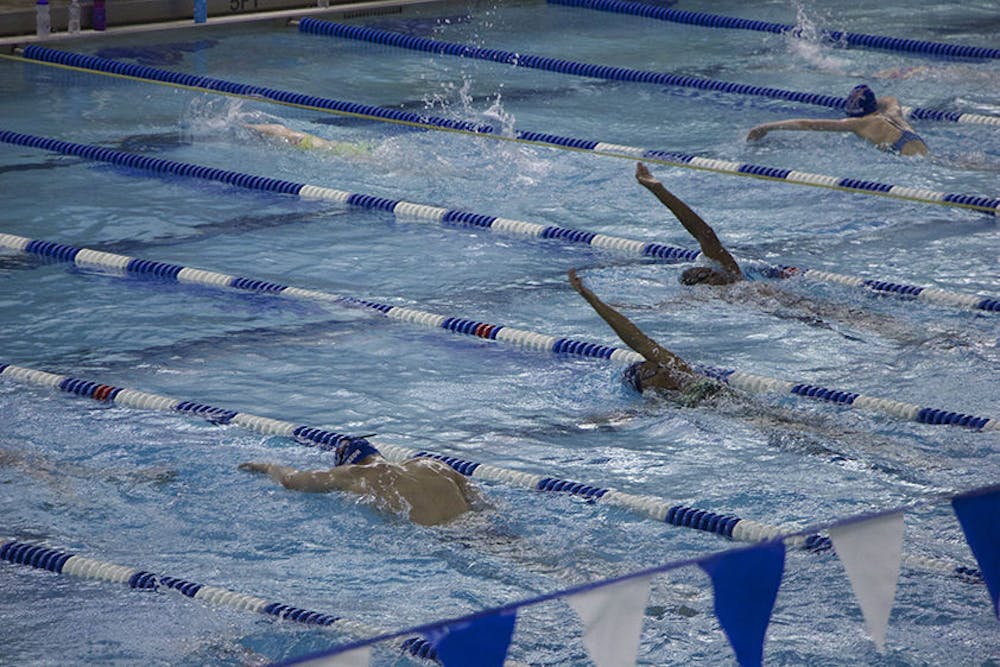Kaylah Johnson nearly drowned when she was 6 years old while swimming in a pool with her father in Cleveland, Mississippi.
“I felt like I was going to die,” Johnson said. “I kept trying to swim up, but the drain kept pulling me down. All I could see was the rays from the sun piercing through the blue waters as I sank down to the bottom. I knew I was drowning, but I could not do anything to stop it. I would have died, but my friend’s mother jumped in the pool and saved me.”
While the threat of a child drowning concerns most families, African American children ages 5 to 14 are 3.1 times more likely to drown than white children, according to a U.S. swimming statistics study performed by the University of Memphis.
The study, which was commissioned by the National Governing Body of Competitive Swimming, found that 70 percent of African American children said they had no or low ability to swim. Barely 40 percent of white children have no or low ability to swim.
After two African American boys drowned in a Memphis public pool,
Make a Splash Mid-South, an organization to help reduce the amount of drowning deaths, was created.
“Make A Splash gives $35,000 grants to communities to start a free or no-cost swimming program to areas that are at risk or underserved,” Carol Irwin, a University of Memphis Health Sport Science Professor and Advisory Board member of the organization, said. “They do a great deal, and they are investing quite a bit of money to reach out to groups that need [assistance].”
Irwin said that the first year the program was implemented there were no drownings, and overall the program has lowered the amount of unintentional drownings.
Make a Splash Mid-South has also helped increase the number of minority swimmers in the Memphis area.
“When we first started doing the research there were maybe one or two [minority] swimmers on the Memphis Tigers Competitive Club Team,” Irwin said. “I went over a year and half ago, and it was great to see lots of swimmers of color in the pool practicing. I was just looking, and it made me feel really good that maybe our research had changed the color of the people in the pool.”
The lack of access to pools, among other reasons, inhibit black people from learning how to swim.
“We know that they [African Americans] are less likely to swim, and we know that they drown at high rates compared to all other race ethnicities,” Carol Irwin, University of Memphis, Health Sport Science Professor, said. “It would be great if everyone knew how to swim. It’s these life saving situations that are really the motivation for people to learn how to swim.“
Photo by Harrison Lingo




